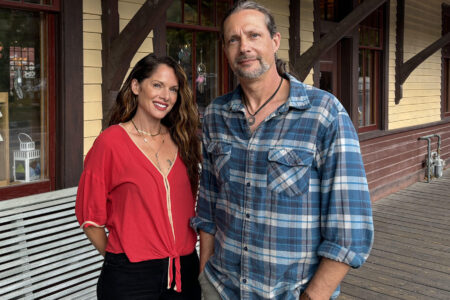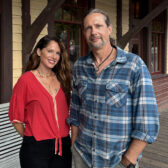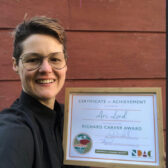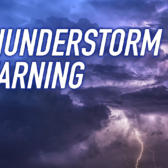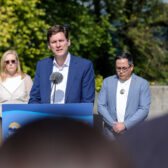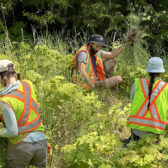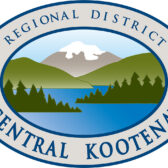Biggest wildfire threat to Nelson has city powerless to address it: mayor
The biggest wildfire threat for Nelson will come from its western edge, but right now the city is powerless to protect itself from that occurrence, says Nelson’s mayor.
John Dooley said it has been known for years that an untreated path through the forest comprises the most dire threat to the city when it comes to wildfire interface fires.
“We know, from conversations with the BC Wildfire Service, that the threat to Nelson will be coming in from the west, through Blewett,” he said.
A large fire near Rover Creek over the summer — which is still burning in mid-September — west of the city illustrated how fast a fire can travel through a forest that is largely untreated for forest fire fuels.
The problem with the forest west of the city is it almost entirely on private land and out of the city’s jurisdiction, said Dooley. He said a big ‘w’ carved into the hillside west of the city — intended as a fuel break years ago — but many people viewed it as unsightly since it can be seen from the highway.
“But we might be looking at another big ‘w’ to protect the people of Blewett and the city of Nelson going forward,” Dooley pointed out at the last city council meeting earlier this month.
“People are going to have to realize that to be a Fire Smart community and a community that complies with fire regulations and the threat that is coming at us, it’s going to be including private land owners, the Ministry of Forests and people willing to do what we have done at Selous Creek, West Arm Park and the private land owners on Mountain Station.
“We are going to have to deal with those sight lines going forward to fully protect this community. That’s our biggest threat right now, is Blewett.”
Coun Rik Logtenberg noted that there would be some burning in the wildfire interface this fall to continue to help build fire breaks around the city. But he urged the city to continue to press for more funding for further mitigation work as the next fire season was predicted to be severe.
“Would we be able to … (work) even more with the province on accessing more funding to do that wildfire mitigation work?” he questioned.
City manager Kevin Cormack noted that all of the fire mitigation work that is being done is grant funded through the Union of B.C. Municipalities program — a grant process the city has been extremely successful at landing.
Cormack said the city is working on a project with the BC Wildfire Service and the provincial Ministry of Forests about being proactive on how the city is defended in the advent of a wildfire.
The plan would look at wildfire mitigation holistically — identify where are the key breaks, where a fire can get a foot hold, where water can be delivered — and strategize how to attack a fire to protect the city.
In June Dooley, the city’s fire chief and its emergency management director met with the BC Forest Service to have that conversation. Much work has been done in the eastern and southern end of the city, Dooley noted, but absolutely nothing happening further west.
The problem is wildfire mitigation grant money can’t be used for projects based on private land, said Cormack, so it will take some lobbying of the province to convince them of where the risk is coming from.
“If we develop this plan and show here is where our risks are, the risks are on private lands, hopefully we would make some headway with government to say ‘Why wouldn’t you deal with the biggest risk?’” he said.
“What is the point of us doing mitigation work up where we are not at risk when we know we are at risk here and this would be the sensible place to do that?”
One of the actions coming out of the summer meetings with the province was to have fall meetings held at Taghum Hall, Blewett Fire Hall, Nelson and the North Shore just to get people engaged and understand where the threats are coming from, said Dooley.
We need to “see if we can build a better understanding with the public that you can’t deal with these things the day that they happen; you have to be ahead of them by months, in fact years, to be able to mitigate some of the potential loss,” he said.



